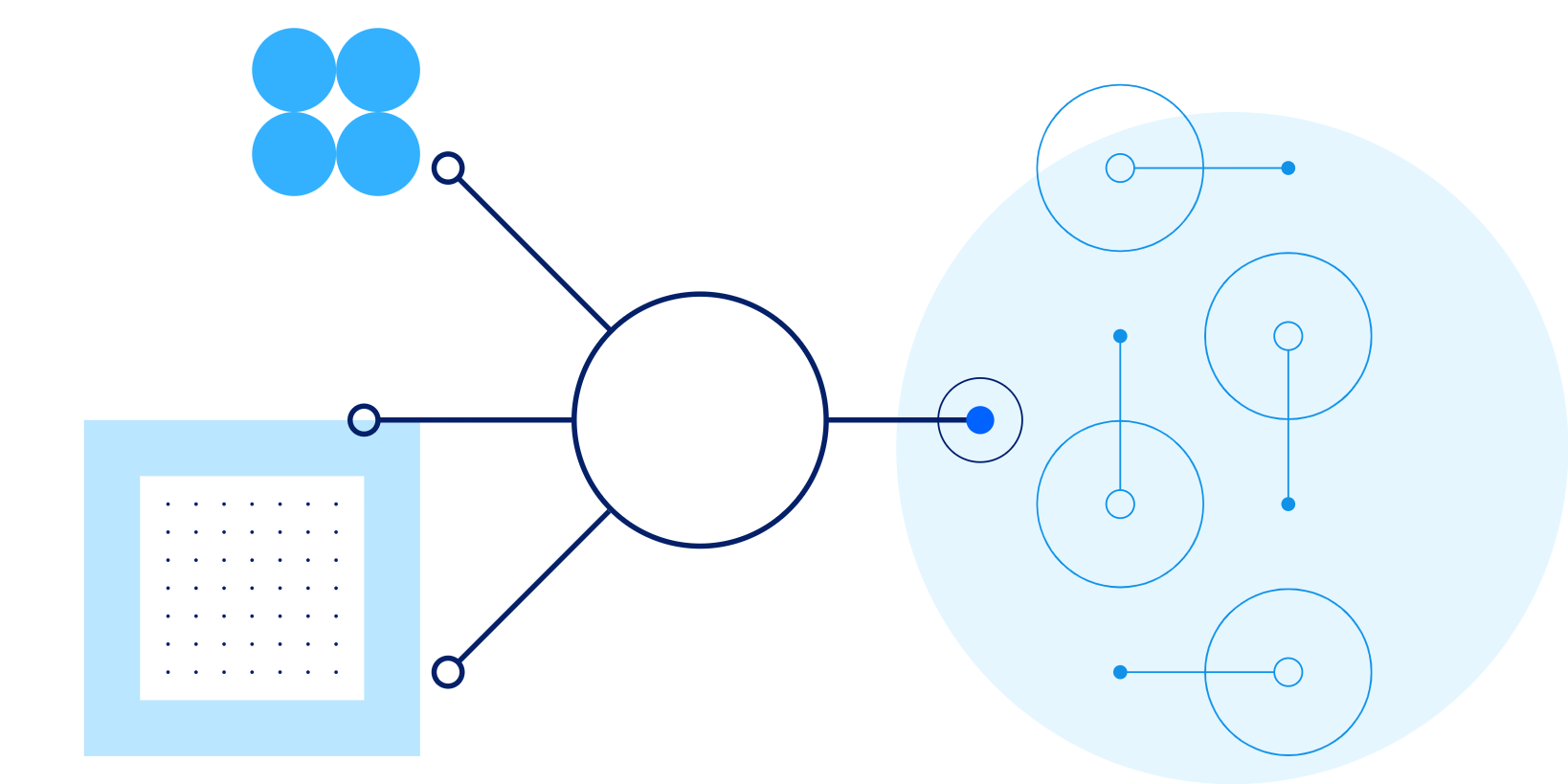Perspectives
Automate to survive: why smart businesses are transforming costs and cash through intelligent workflows
17 June, 2020 | Written by: Ranjini Suri
Categorized: Perspectives
Share this post:
Emerge smarter
As the initial shock of the COVID-19 pandemic gives way to a period of reflection and rebuilding, we have an opportunity to reimagine how business works. To challenge long-held beliefs about what truly matters to the viability, competitiveness and health of our organisations and people. In this blog series, five IBM experts examine what has changed and envision a future in which smart technology and an empowered, adaptable workforce come together to unlock new potential as a Cognitive Enterprise. Now, more than ever, it’s time to put smart to work.
Businesses around the world are reeling from the impact of the COVID-19 pandemic, facing up to economic realities they never anticipated. Some form of cost-cutting exercise is going on in every boardroom. Whatever is on the horizon – and it varies dramatically from industry to industry – technology must be part of the equation.
Smart organisations are transforming their enterprise operational costs through intelligent workflows with extreme automation, infusing end-to-end and front-to-back processes with exponential technologies. They will use their data to develop insights and ensure predictability – and, as we move into the “different normal”, they will reap rewards in the shape of exceptional outcomes and differentiation.
Getting smarter with data
Organisations that will survive the initial shock of lockdown are faced with the need to reinvent their business: their supply chain, costs and cash. As they look to reinvent their costs, they must look to eliminate manual effort. They may have experimented with robotic process automation (RPA) for isolated tasks in the past, but they must now think bigger. True progress will come from the intelligent automation of end-to-end processes rather than just point solutions.
It’s not uncommon for businesses to be running multiple CRM and ERP systems, either a result of inorganic growth through acquisitions or a perceived need for different processes for different markets. They are now seeing that, because each system uses different underlying data, every process change requires human input and so has an associated cost. With so many investment plans on hold, few have the budget to consolidate these systems.
Intelligent workflows are a lifeline because they extract data into a layer above the technology. Data manipulation and automation take place in this layer and, rather than creating a data lake, it cleanses and feeds back better-quality data to the systems that rely on it. For example, client orders may arrive with varying degrees of accuracy; a simple postcode correction can be made using an AI-enabled workflow to quickly flag and validate the information against data held in another CRM system.
Contactless continuity
Business continuity planning used to be about moving production to the most effective and efficient location. With severe limits on human movement across the globe at present, for some it has become a case of not physically delivering anywhere. Businesses are grappling with the question of how to reduce their dependence on a human workforce as much as possible.
Extreme automation is required; any basic process that does not truly need to involve a person can be done at least as well by a machine. This may require customers to change their behaviour, but with so much in flux, now is the time. People have shown themselves willing to interact digitally in so many facets of life; asking a customer to report a lost credit card through an app rather than by phone, for example, should not be a stretch.
Businesses should be looking for opportunities to reduce language dependency so that their people can be located anywhere in the world. They should be bringing together smart technologies to create customer touch points that are useful and cost-efficient. This can only be done with the kind of end-to-end automation that intelligent workflows enable.
Transforming talent
While end-to-end automation is the goal, in reality, technology can’t solve every challenge a business faces. People, processes and technology must come together seamlessly to get the best outcomes for customers and for the business. The simplest tasks will be the first to be automated; what remains after that will be more complicated processes.
People must be managed and reskilled to deliver those complicated processes. And in order to handle the more complex processes, they must also become better informed through smarter operations that use AI-enabled technology.
This smarter workforce must become more agile, fluidly forming teams according to project requirements and solving problems iteratively. Employees must embrace continuous learning and have the flexibility to switch job roles as the business evolves. Adaptability has become one of the most covetable employee skills.
Prioritising predictability
Another major imperative as we move through the pandemic is the predictability of key performance indicators. For the CFO it’s cash; for the CMO it’s brand; for the CHRO it’s managing a disrupted workforce; for the CEO it’s a mix of supply chain, revenue and people. Whatever the focus, predictability and the ability to forecast is essential. With increased automation, business leaders can take proactive actions before a risk becomes a problem. For example, the CFO needs to know what the work capital of the company will be for the next quarter, and how they can optimise it. With the right tools, CFOs can improve their accounts receivables in order to collect better, or improve their accounts payables in order to pay better. For the consumer-packaged goods industry, this level of automation could plug revenue leaks and ensure that what is contracted is what is paid
The concept of the control tower can help businesses to derive meaningful insights from the data within, alongside knowledge about market fluctuations, in order to make better business decisions – all powered by intelligent automation and workflows.
We are seeing a complete reinvention of business as we know it; those who have already begun to make serious progress with their digital transformation and have the talent to support it will adapt to the different normal and come out fighting. By transforming their enterprise operational costs through intelligent workflows with extreme automation, they will unlock the cash they need to do so.
We know we have a way to go in getting through the current crisis, and we cannot assume life will ever go back to what it was. Organisations must reduce their reliance on people, simplify their operations and automate as much as they can. With this mindset, they will be ready for anything.
However your business is experiencing the pandemic, IBM can help you make sense of the present and navigate the future. You can also learn more about IBMs approach to building resiliency through AI and automation.
Working smarter and adjusting to the new normal is no longer a want but a must-have for businesses. Tune in to the ‘IBM Talks: Emerge Smarter’ webinar series to learn more, and discover more about IBM Business Process Services here.

Cognitive Process Services Leader, IBM Services Europe
Generative AI: driving a new era of HR transformation
Helen Gowler, Partner, EMEA Talent & Transformation Lead Today, I’m proud to be part of a company that’s committed to addressing gender bias in the tech industry. IBM is pioneering the use of AI to tackle this issue, and I’m excited to contribute to this effort. Our team is developing AI models that can detect […]
Multi-Modal Intelligence Platform
Traditionally, data management systems provided only numerical or textual based business intelligence primarily for back-office users across finance, sales, customer management and supply chain. Today, we are increasingly seeing data management systems which drive key business functions requiring interrogation of multi-modal data sets from documents, presentations, images, videos to audio. This demands a more sophisticated […]
The use of GenAI to Migrate and Modernise Organisational Core Programming Languages
GenAI is hugely powerful and supports a diversity of use cases by focusing on routine work – allowing people to focus time on value-add tasks, thus enhancing productivity. The focus of this use case is for an organisation which had previously focussed on a legacy set of tooling and programming languages and needed a way […]


